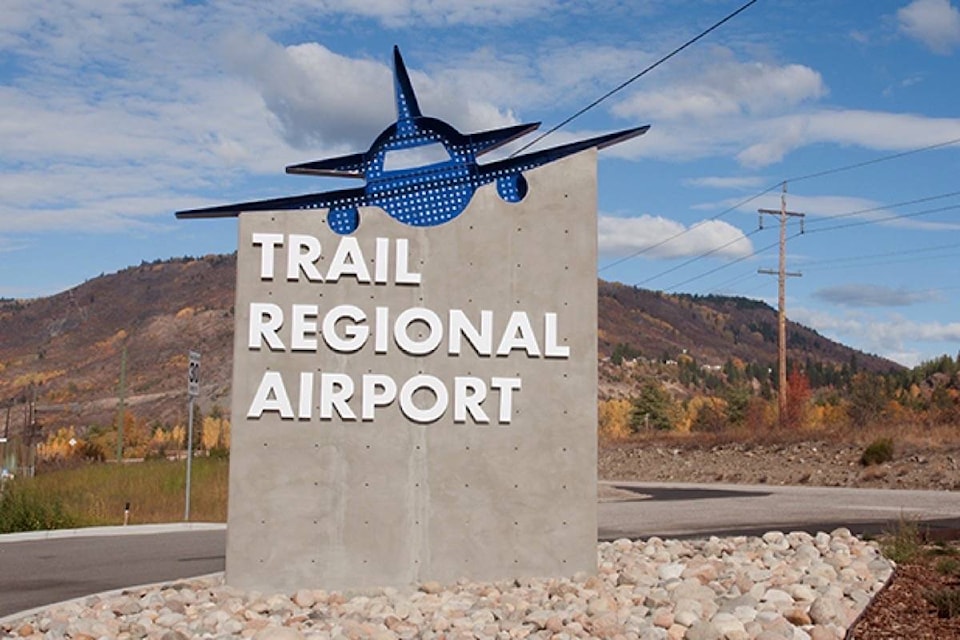The long winter of 2018 and a summer of wildfire smoke had the annual passenger count at Trail Regional Airport landing with a bit of a thud.
Related story here: Kootenay weather takes toll on airport stats
The final tally for all 12 months stands at 18,643 commuters, which is down about 1,900 passengers from 2017.
“It looks like winter weather in January, February, and November affected our landings and passenger counts,” noted Robert Baker, airport manager.
One reason this statistic is important is because fewer passengers means less revenue for the city to offset operational costs. For each seat sold, Trail takes in a $13 passenger fee from the airport carrier, Pacific Coastal Airlines.
However, there was gain from a different source in 2018. Even though a thick and lingering haze smoked out planes and decreased August’s passenger count by 560 from the year previous, water carriers for the BC Wildfire Service did land often.
“We also had smoke in August that led to cancelled flights,” Baker said. “On the positive side, we sold a lot of fuel to aircraft fighting fires, which was good financially.”
The airport was back on the table at Trail council this week as the group began its first overview of the 2019 budget. City leaders then approved a $576,450 allotment for site operations, which is an increase of almost $69,000 from last year.
“The primary increase in the budget is attributed to the $50,000 annual payment the City of Trail will start making to the Columbia Basin Trust for the next 20 years,” explained Chief Administrative Officer David Perehudoff. “As it pertains to the $1 million interest-free loan they provided in support of the airport terminal construction.”
Total expenses over the next 12 months will be offset by airport revenues which are projected at $400,000+. That money is brought in primarily through passenger fees (estimated at $240,000) as well as fuel sales and parking lot payments.
That leaves approximately $171,000 - or less than two per cent of operational costs - to be covered by property taxes.
“The current projected 2019 City of Trail property tax revenue is budgeted at $14.6 million,” Perehudoff noted. “Therefore the net cost to operate the airport is 1.17 per cent of the total tax levy and is seen to be very reasonable in the context of the services provided and the broader community benefit.”
Looking back to when the city first bought the airfield in 2014 and began keeping monthly numbers, the winter was less inclement. The passenger count came in at 21,500+ that inaugural year.
The annual number fell slightly in 2015 and ever since, has hovered at just over 20,000 people.
“The passenger numbers in Trail can be impacted by uncontrollable factors such as weather and smoke and last year was seen to be a particularity bad year for both,” Perehudoff said.
“When the current level of financial subsidy is considered, the airport is currently seen to be sustainable.”
If the net deficit increases significantly as a result of declining passenger demand, council may have to consider reviewing the service, he added.
“But at this time, when comparing the airport to other public services that are provided, this function is deemed to be a high priority and does not pose a significant financial burden on the taxpayer.”
newsroom@trailtimes.ca
Like us on Facebook and follow us on Twitter
